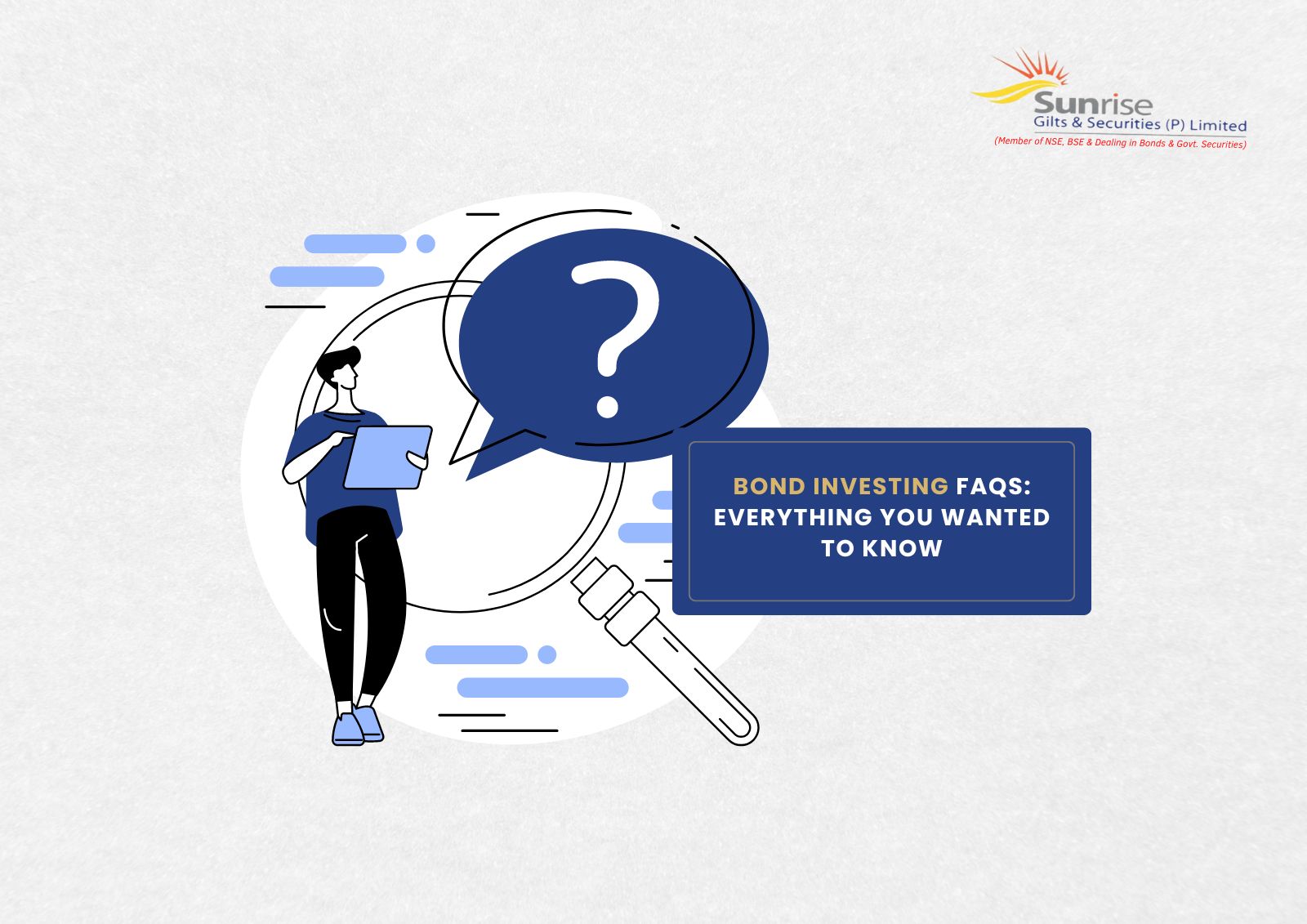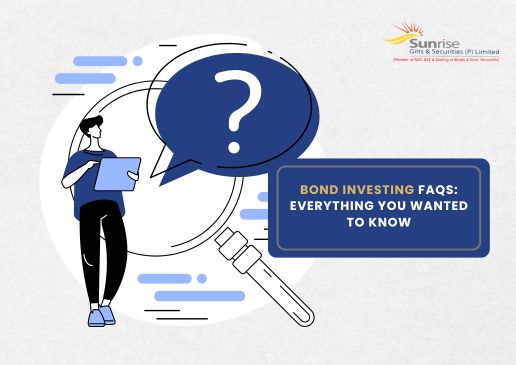
How to Build a Diversified Bond Portfolio for Stability and Growth
Investing in bonds can provide a stable income stream and preserve capital, making them an essential component of a well-rounded investment portfolio. However, achieving both stability and growth requires a diversified approach. This guide will help you understand how to build a diversified bond portfolio that balances risk and reward.
Understanding Bond Types
Before diving into diversification strategies, it's crucial to understand the different types of bonds available:
1. Government Bonds: Issued by national governments, these bonds are generally considered low-risk. Examples include U.S. Treasury bonds, which offer a variety of maturities and are backed by the full faith and credit of the government.
2. Municipal Bonds: Issued by states, cities, or other local government entities, municipal bonds often provide tax-exempt income, making them attractive for investors in higher tax brackets.
3. Corporate Bonds: Issued by companies, these bonds usually offer higher yields than government bonds but come with increased risk. The risk level varies based on the issuing company's creditworthiness.
4. International Bonds: Issued by foreign governments or corporations, international bonds can offer diversification benefits but also come with currency and geopolitical risks.
5. High-Yield Bonds: Also known as junk bonds, these are issued by companies with lower credit ratings and offer higher yields to compensate for the increased risk.
Steps to Building a Diversified Bond Portfolio
1. Assess Your Risk Tolerance and Investment Goals
Start by determining your risk tolerance and investment goals. Are you looking for steady income, capital preservation, or growth? Your objectives will guide your bond selection and the level of risk you're willing to accept.
2. Diversify by Bond Type
Include a mix of government, municipal, and corporate bonds in your portfolio. Government and municipal bonds provide stability, while corporate bonds offer higher yields. High-yield and international bonds can add growth potential but should be limited to manage risk.
3. Diversify by Maturity
Bond maturities range from short-term (less than three years) to long-term (more than ten years). Short-term bonds are less sensitive to interest rate changes and provide liquidity, while long-term bonds typically offer higher yields. A laddered approach, where you invest in bonds with staggered maturities, can help manage interest rate risk and ensure regular income.
4. Diversify by Credit Quality
Invest in bonds with varying credit ratings to balance risk and return. High-quality bonds (rated AAA to A) offer safety, while lower-rated bonds (BBB and below) provide higher yields. Ensure that the lower-rated bonds do not constitute a significant portion of your portfolio to avoid excessive risk.
5. Consider Bond Funds and ETFs
Bond mutual funds and exchange-traded funds (ETFs) provide instant diversification and professional management. They pool money from multiple investors to buy a diversified portfolio of bonds, which can include hundreds or thousands of individual bonds. This approach is particularly useful for individual investors who may not have the resources to diversify adequately on their own.
6. Monitor and Rebalance Regularly
Regularly review your bond portfolio to ensure it aligns with your investment goals and risk tolerance. Changes in interest rates, economic conditions, or your personal financial situation may necessitate adjustments. Rebalancing involves selling over-performing assets and reinvesting in under-performing ones to maintain your desired asset allocation.
Additional Tips for a Successful Bond Portfolio
1. Stay Informed: Keep abreast of economic indicators, interest rate trends, and credit rating changes. This information can help you make timely adjustments to your portfolio.
2. Tax Considerations: Be mindful of the tax implications of your bond investments. Municipal bonds can offer tax advantages, while interest from other bonds is typically subject to federal and sometimes state income taxes.
3. Professional Advice: Consider consulting with a financial advisor, especially if you're new to bond investing. An advisor can provide personalized recommendations based on your financial situation and goals.
4. Avoid Overconcentration: Don’t put too much of your portfolio into any single bond or type of bond. Diversification is key to managing risk and achieving stable returns.
Conclusion
Building a diversified bond portfolio requires careful planning and ongoing management. By mixing different types of bonds, varying maturities, and credit qualities, and considering bond funds and ETFs, you can create a portfolio that offers both stability and growth. Regular monitoring and rebalancing, along with staying informed about market conditions, will help ensure that your bond investments align with your financial goals. With a strategic approach, bonds can be a cornerstone of a resilient and prosperous investment portfolio.
Also Read: Why Bonds in India Should Become Part of Your Portfolio














